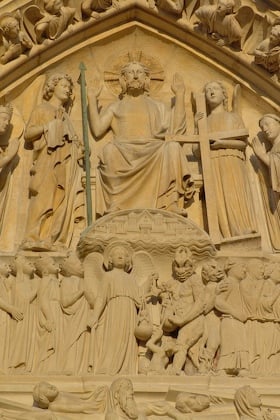M y friend Trevin Wax says wise things in response to Francis Chan's book on hell:
y friend Trevin Wax says wise things in response to Francis Chan's book on hell:
Login to read more
Sign in or create a free account to access Subscriber-only content.
Topics:
M y friend Trevin Wax says wise things in response to Francis Chan's book on hell:
y friend Trevin Wax says wise things in response to Francis Chan's book on hell:
Sign in or create a free account to access Subscriber-only content.
Topics: